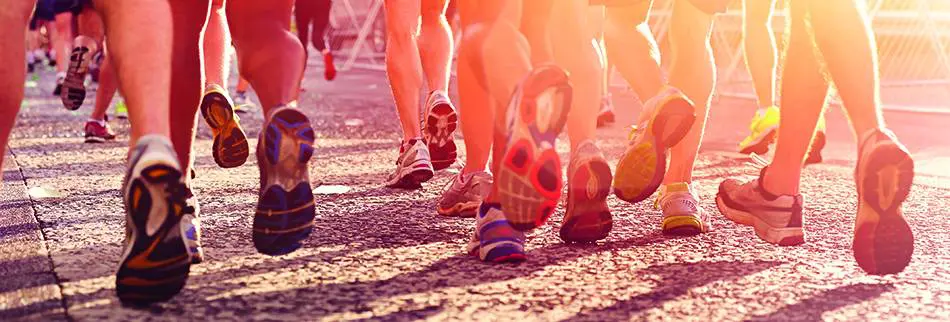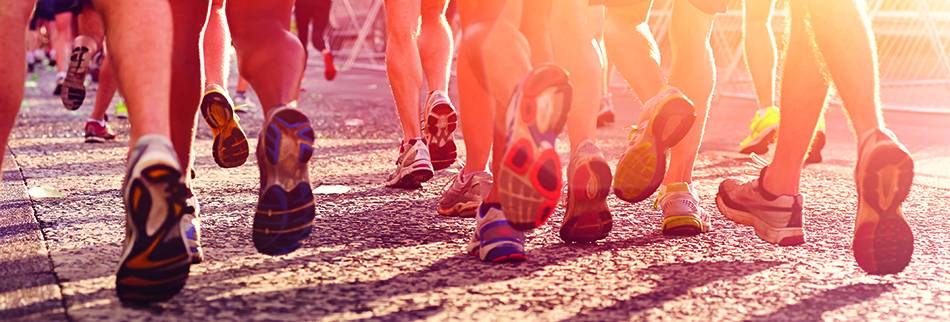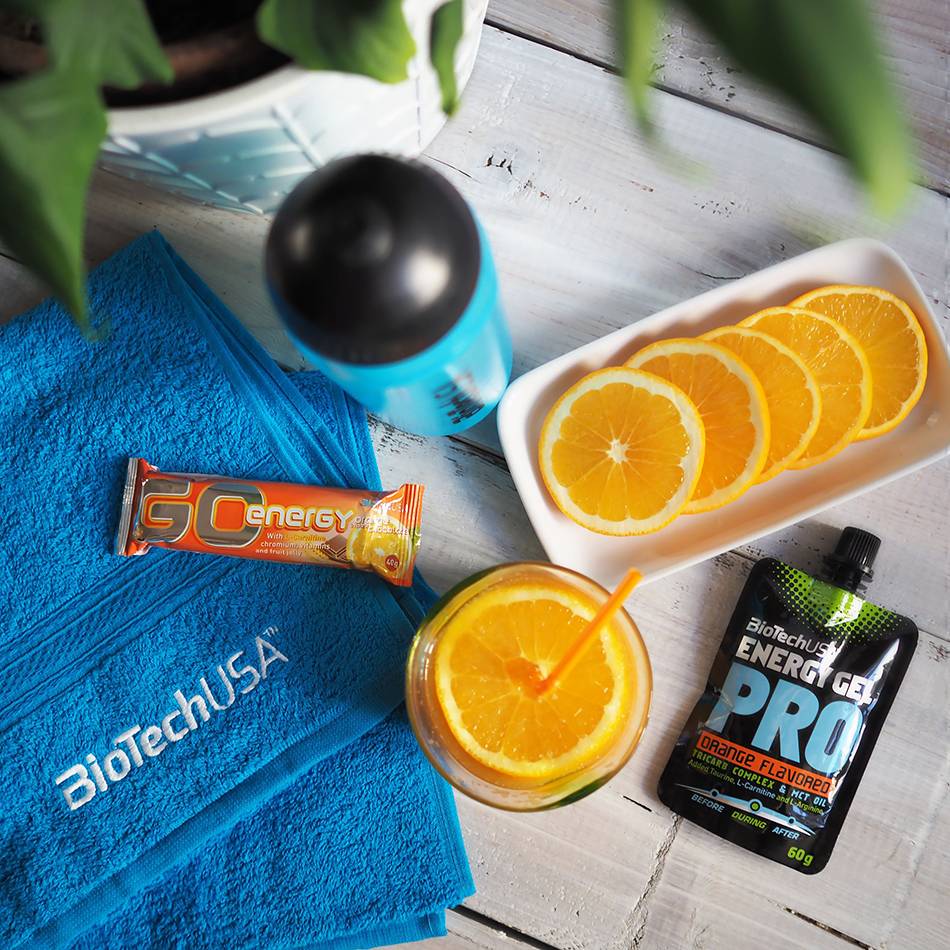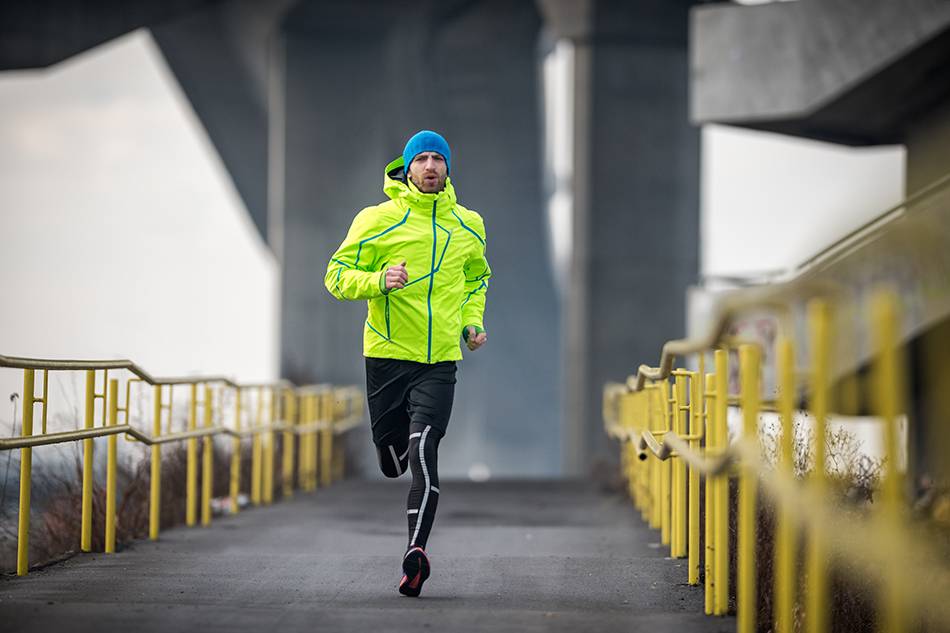
Why and how to use energy gels?

Various media platforms are discussing solutions available for endurance athletes for maintaining their energy level during a longer, strenuous exercise. It is obvious that long-distance runners have no time to stop for a meal during the race, as they stomach would not tolerate it and they would not have the time either, but their energy level is running lower and lower during the course of a race. Dietary supplements in practical packaging and with a high nutrition value come in handy in these situations, for example energy bars, gels and drinks. You can take these products easily with you, they are not too heavy, they don’t take up much place, they contain energy supply for a longer duration and last but not least they are also tasty. Of course everybody’s taste is different, so it is worth experimenting until you find the best form, flavour and packaging/serving size matching your needs and requirements. Maybe energy gels are one of the most practical and popular solutions, because they contain carbohydrates, amino acids and minerals and they also provide certain level of fluid replenishment. They fit in a small pocket and they only weigh a few grams.
Why are energy gels beneficial?
Earlier athletes were only drinking water and maybe they munched on a bar of chocolate half way at the refreshment station. With this respect the situation got a lot better and there are several extremely-well stocked refreshment stations at long-distance competitions. At the same time a professional athlete does not necessarily have the possibility to boost his/her energy level where and when he/she needs it, therefore they should ensure their own independent energy replenishment. Nowadays during the races also amateur athletes can benefit from the advantages of the same nutrients as the professional athletes, therefore they can also push themselves to the limit.
A several-hour physical exercise requires huge amounts of energy. The muscles are continuously consuming carbohydrates, which are stored by the body as glycogen. If the glycogen level of the body drops, it is inevitable that the body gets tired. If you consume appropriate amount of carbohydrates prior the event, the body is able to store glycogen sufficient for around 90 minutes. If you are participating at a longer event, it is required to replenish the carbohydrate level of the body during the race.
| Sport drinks, energy bars and energy gels offer a great alternative as they contain around 20 to 30 grams of carbohydrate, they fit in the runner’s belt and they can be easily accessed during the sport activity. |
They contain nutrients which can be absorbed quickly, giving a quick boost to the athletes and they also replenish important micro-nutrients lost due to sweating.

Behind the scenes: the when and the how
Timing of energy gel intake depends mainly on you and your body. Every runner’s body processes and digests carbohydrates in a different way. Some can feel the boost within 3 minutes and others might even take 15 minutes to enjoy the benefits of the energy gel. As during sport activities our blood circulation concentrates mainly on the muscle function, rather than on digestion, the processing of nutrients slows down and in some cases it may completely stop, causing issues to the athletes, such as diarrhoea or vomiting. It is crucial not to consume the energy gel during the exercise period when you are trying to beat your best result, but preferably during the resting period of the exercise. During your trainings before the race spend enough time to practice this and try various products in order to find the right one for you and for your needs. As soon as the digestive processes slow down, you need to be careful with consuming energy gels, you need to avoid overloading your stomach.
| You should leave around 45 to 60 minutes between two energy gels; more frequent sugar input is not recommended. Alternate between caffeine gels and caffeine-free gels in order to avoid overloading your body with caffeine. |
Energy gels come in various forms, some of them are thicker, some of them are more diluted, some have a more dominant flavour and others are more neutral. They are available in various flavours and with and without caffeine. It is worth testing various products before your actual race, in order to avoid any issues later on.
One golden rule: never test an energy gel during a race! If there is less blood in the stomach, this can lead to the irritation of the digestive system and as a result your tolerance level reduces. During trainings in the preparation phase, you can train your body to help your workout and that your body can also digest while running and you can replenish the absent nutrients during the physical exercise.
| Always drink water when using energy gels, avoid using energy gels on their own or combining them with a sports drink. This way your digestive system can process the energy gels a lot easier and nutrients can reach your blood stream a lot faster. |
The combination of energy gels and sport drinks is not recommended, because there is a risk that from the two nutrient sources the body gets too much sugar, which is hard for your body to tolerate.
Types of energy gels: know which one is the best for you
There are several energy gels available with a various formula, but we differentiate two fundamental types of energy gels. One of the types contains the combination of glucose and fructose in a 2:1 ratio. Glucose has a high glycaemic index, meaning that its gets absorbed and energises the body extremely fast. Fructose has a lower glycaemic index and its gets absorbed slower and supplies the body with energy for a longer period of time. The combination of the two is an excellent solution for an endurance athlete during a long strenuous exercise.
The other type of energy gels include caffeine gels. Caffeine is a legal stimulant, which improves performance, but its impact really depends on the individual. Some users like it and they can feel the impact of caffeine on their body, others like to avoid it, because it sends their metabolism to overdrive and others don’t feel anything when taking it. As it has a slight diuretic impact, users need to be careful to avoid dehydration. Those wo drink a lot of coffee during the day, they don’t seem to feel the additional impact during the sport activity, but those who are not used to caffeine can get a more intense boost.
Gels can be differentiated based on whether they contain amino acids, which protect the muscular system or not. They may also contain other minerals and electrolytes, which have to be replenished when the body is heavily sweating.
When choosing an energy gel, always check the formula of the energy gel, namely which nutrients are included in the given product and are there any nutrients which your body struggles to tolerate or are there any ingredients, which you cannot tolerate or maybe a flavour that you do not prefer.

BioTechUSA energy gels
The BioTechUSA product range offers three energy gels for endurance athletes.
1. Energy Gel
Energy Gel is available in orange and peach flavours. The product contains TriCARB carbohydrate matrix, which is a carbohydrate mix with three components. The product also contains MCT fatty acids. This is more complex than carbohydrates and offers a fatty acid source with an energising impact. Energy Gel also ensures the replenishment of taurine and L-carnitine, alongside the replenishment of valuable vitamins and minerals lost during sweating. Due to its B6 vitamin content the gel can be absorbed easily by the body, L-carnitine is able to turn the released reserve fats to energy, thus boosts and supports the persistent sport activity. Thanks to the practical packaging it is resealable, therefore users do not have to consume the entire serving in one. After using the product it is recommended to also drink some water. One serving contains 18 gram carbohydrates.
2. Energy Gel Pro
Designed for endurance athletes Energy Gel PRO replenishes energy lost during strenuous exercise with low and high complexity macronutrients. It contains triCARB carbohydrate matrix and MCT fatty acids, furthermore, replenishes taurine, L-carnitine, valuable vitamins and minerals. Available in orange and lemon flavours containing 20 grams of carbohydrate per serving. During strenuous exercise every 30 to 45 minutes a serving of Energy Gel PRO is recommended. Due to its magnesium content muscle cramps can be avoided and the arginine content helps with a more efficient nutrient flow.
3. Recovery Gel
Designed for endurance athletes Recovery Gel helps to replenish energy lost during strenuous exercise and supports muscle growth and muscle maintenance with high absorption whey proteins. It is formulated with TriCARB carbohydrate matrix responsible for delivering instant energy to your body. The formula also contains valuable amino acids, like BCAAs, L-Glutamine and L-Lysine. Furthermore, Recovery Gel contains vitamins and minerals lost through sweating.
All in all about energy gels
During long and strenuous sport activities, when there is no time for stopping and having a solid meal and then wait for the body to start digesting the meal and carry on with the work, energy gels developed specifically for this purpose can be a great alternative. Energy gels contain nutrients in high concentration and in a quickly absorbable form, which are required by the given athlete, at amateur or professional level. Energy gels protect athletes from starving, early exhaustion, dehydration, exhaustion and deterioration in performance. At the same time athletes need to ensure that not too many nutrients are taken up by the body, as this can result in deterioration of digestion quality leading to issues.
We recommend that you test in advance the nutrient sources to be used during your actual race in order to see how your body tolerates the nutrients, how much you enjoy the flavour and how your performance benefits from the products!